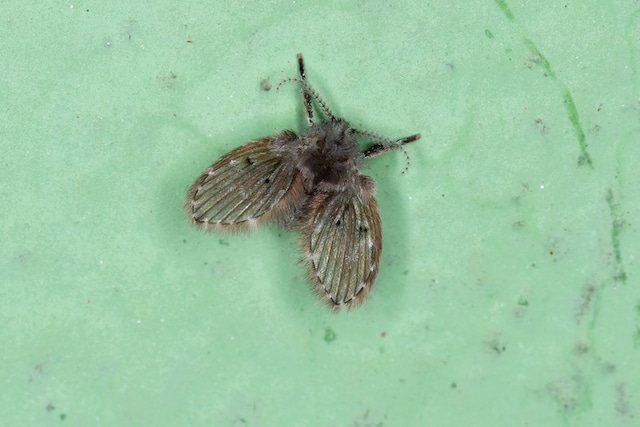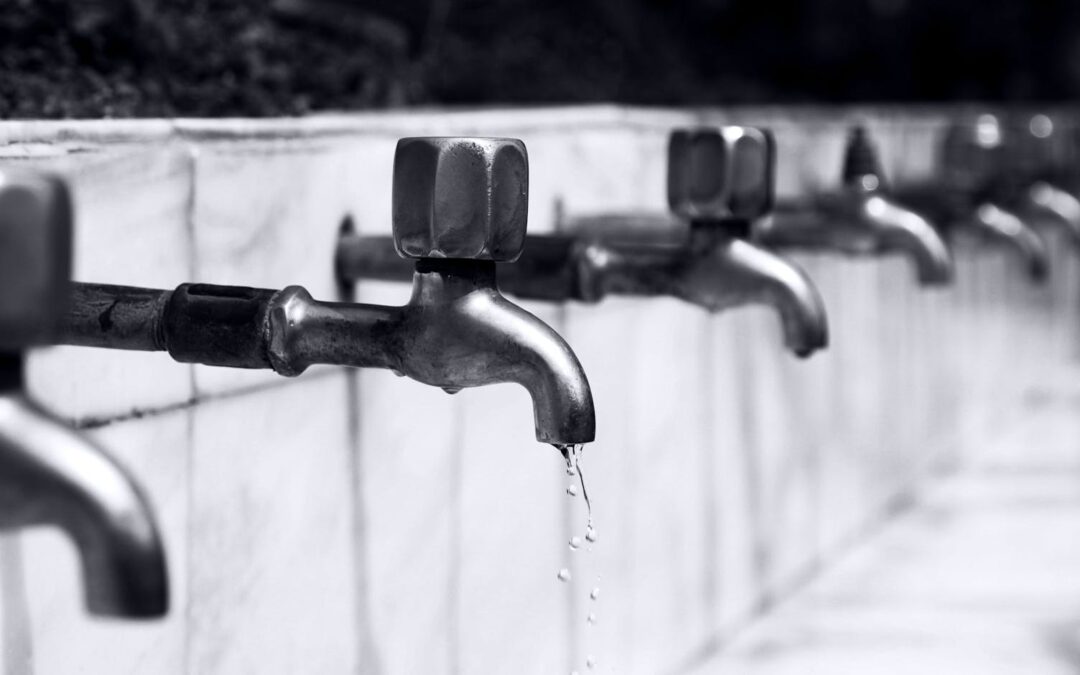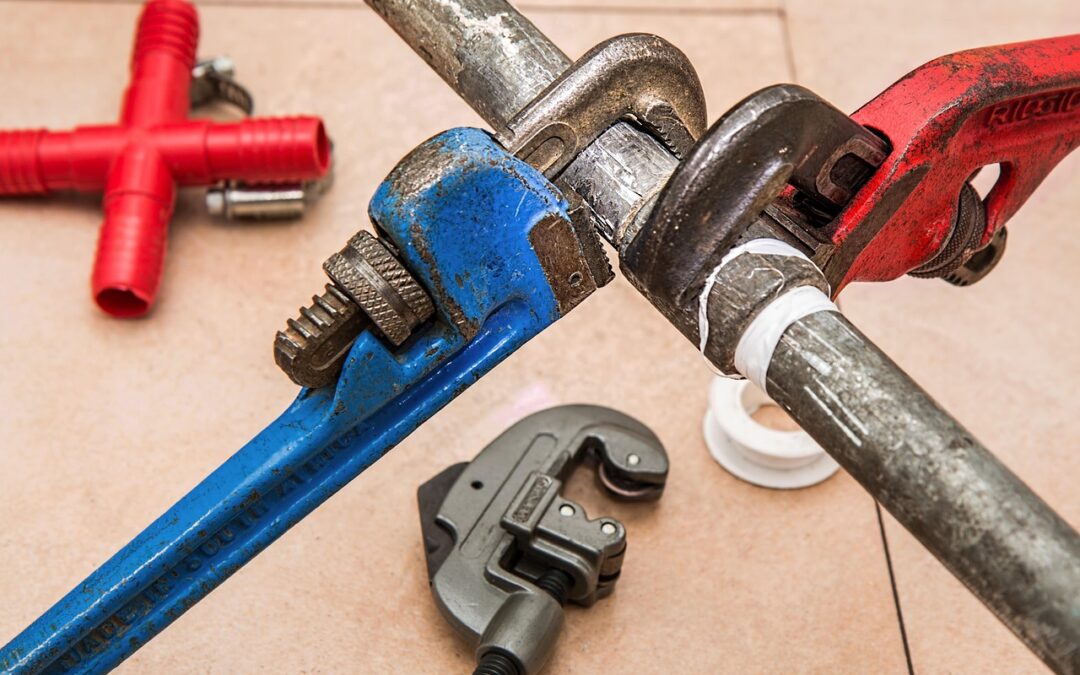Do you have a problem with sewer flies? If so, you’re not alone. These pesky creatures can be difficult to eliminate. But in this blog post, we will discuss how to get rid of sewer flies for good!
What Are Sewer Flies?
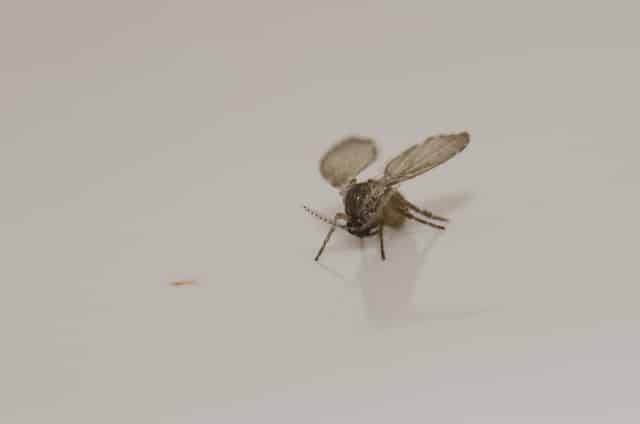
Sewer flies are also known as drain flies or moth flies. Like pesky fruit flies and even fleas, sewer flies are another typical house insect that bothers us. They are tiny black or brown insects with dark legs that are attracted to moist areas. And they can often be found near drains, sewage systems, and other damp places.
Schedule Service Online
Get a free estimate so you know what you're signing up for
"*" indicates required fields
For Emergency Services Call: 410-255-9300
Where Do Drain Flies Come From?
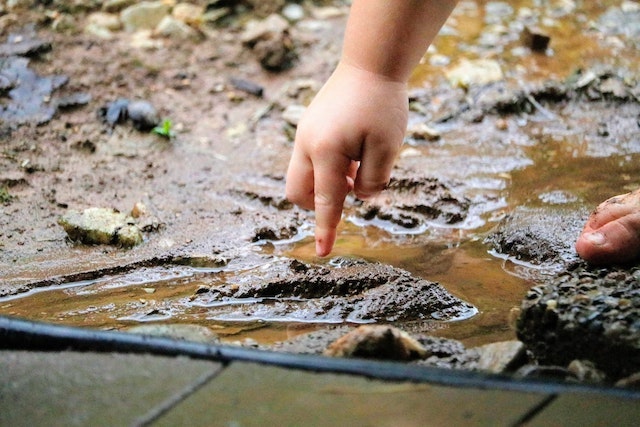
Sewer flies usually come from the sewers, hence their name. However, they can also come from other sources of standing water, such as ponds, lakes, and even puddles. These flies are attracted to damp places because they need moisture to survive.
What Do Sewer Flies Feed on?
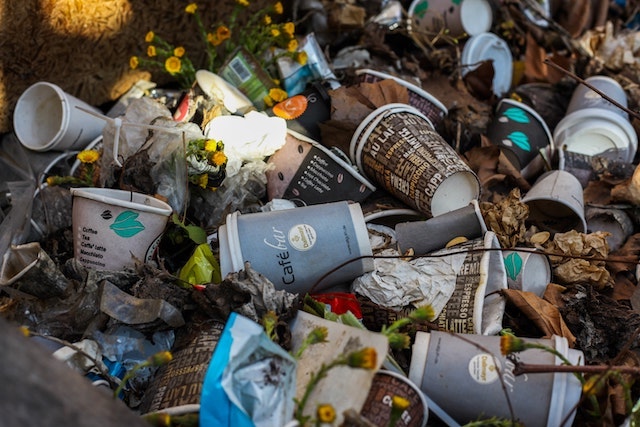
Sewer flies feed on a variety of things, including decaying organic matter, sewage, and even other insects. If there is a food source nearby, they will likely be attracted to it. They will often lay eggs in or near sources of food.
This is why it’s important to keep your kitchen clean and free of food debris. If you have a problem with sewer flies, ensure to clean up any spills or crumbs right away.
Are Drain Flies Harmful To You?
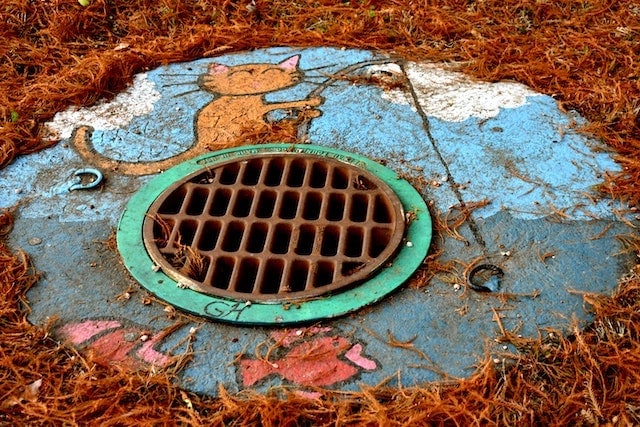
While sewer flies are not known to bite humans, they can spread diseases. These flies often breed in unsanitary conditions and pick up bacteria from sewage and other contaminated areas. They can then transfer this bacteria to surfaces in your home, leading to illness if you come into contact with it. You should also be aware that these flies can carry other parasites, such as worms.
How To Find Sewer Flies
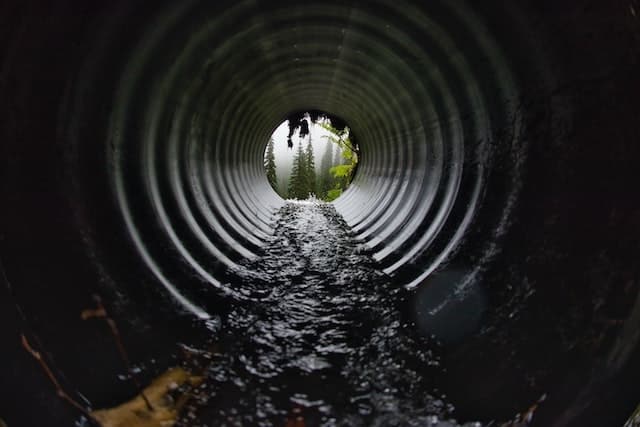
The best way to find sewer flies is to look for them near sources of water. This can be anything from drains and septic tanks to standing water and ponds. If you see a small, dark-colored fly near one of these sources, there’s a good chance that you’ve just found a drain fly breeding ground.
How To Get Rid Of Sewer Flies
![]()
There are a few ways to kill drain flies. One popular method is to use a fly trap. You can make your own fly trap by filling a jar with sugar water and adding a drop of dish soap. The dish soap will break the surface tension of the water, which will cause the drain flies to drown. You can also purchase fly traps from most hardware stores.
Another effective method is to use a homemade spray. You can make this spray by mixing equal parts of water and vinegar. You can then add a few drops of essential oil, such as lavender or eucalyptus, to the mixture. This spray will not only kill sewer flies but will also repel them.
What Kind Of Vinegar Kills Sewer Flies?
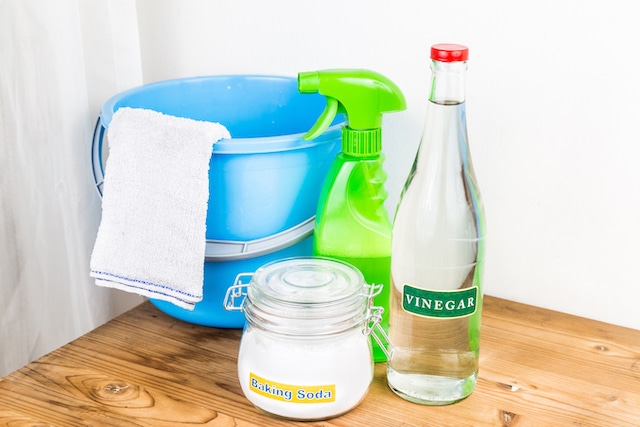
There are a few different types of vinegar that can be used to kill sewer flies. One popular option is white vinegar. This type of vinegar is known for its ability to kill bacteria. Another option is apple cider vinegar. This type of vinegar is also effective at killing bacteria and can also be used as a natural repellent.
Using Chemicals To Get Rid Of Drain Flies
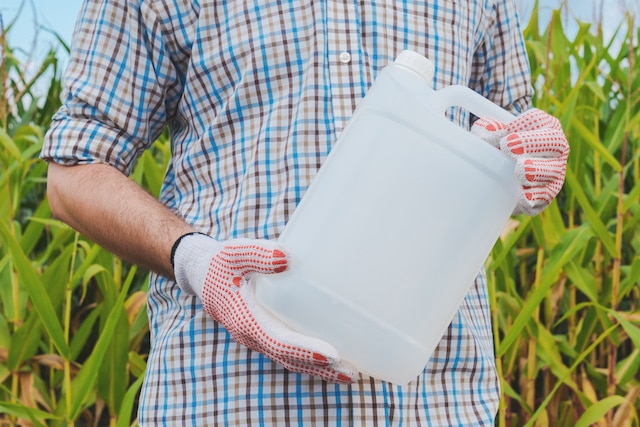
There are a few chemicals you can use to get rid of sewer flies. One popular option is insecticide spray. You can find these sprays at most hardware stores. Be sure to follow the instructions on the label carefully, as some of these products can be harmful to humans if used incorrectly. This is why we recommend hiring a professional.
Preventing A Drain Fly Infestation
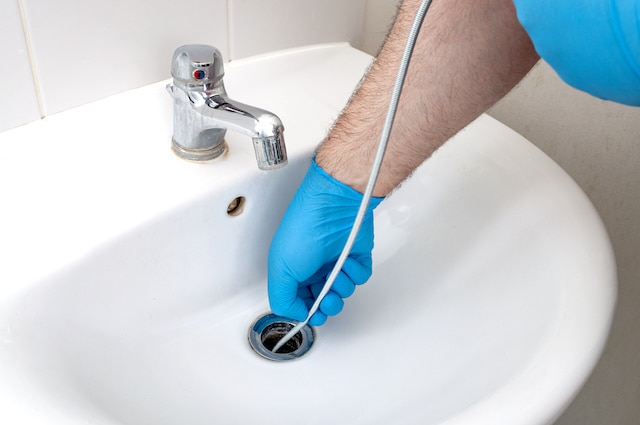
The best way to prevent sewer flies is to keep your home clean. You should also regularly disinfect surfaces, such as countertops and floors.
If you have a problem with flies in your home, it’s important to figure out where they’re coming from and address the issue. For example, if you have a clogged drain, you should clean it out as soon as possible. There are various ways to unclog your drain. You can simply pour boiling water down your drain pipes. Or pour down a mixture of vinegar and baking soda.
In certain situations, simply cleaning out your drains may eliminate both drain fly larvae and the lure for them to return. Taking these steps will help to keep sewer flies and other pests out of your home.
Using Professional Drain Fly Control
If you have a serious drain fly problem, you may need to call a professional. Pest control or plumbing companies have the experience and knowledge to get rid of these pests quickly and effectively. They will also be able to identify the source of the problem and take steps to prevent future infestations.
Conclusion
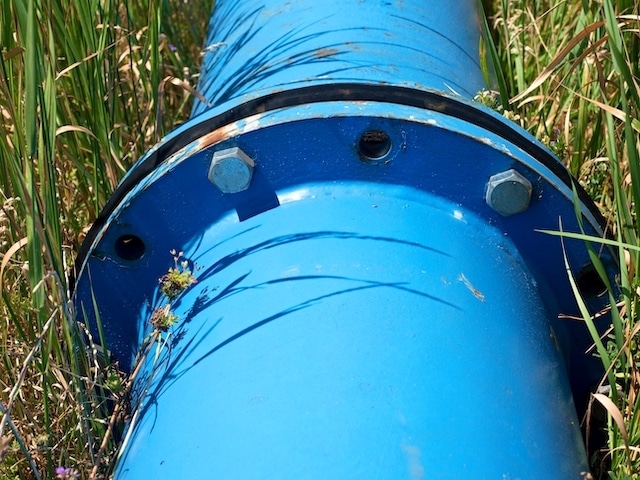
Sewer flies can be a nuisance, but there are a few things you can do to get rid of them. Try using a fly trap or homemade spray. If you have a serious problem, you may need to call a professional. Taking these steps will help to keep your home free of these pests.
Do you have any tips on how to get rid of sewer flies? Share them in the comments below!

